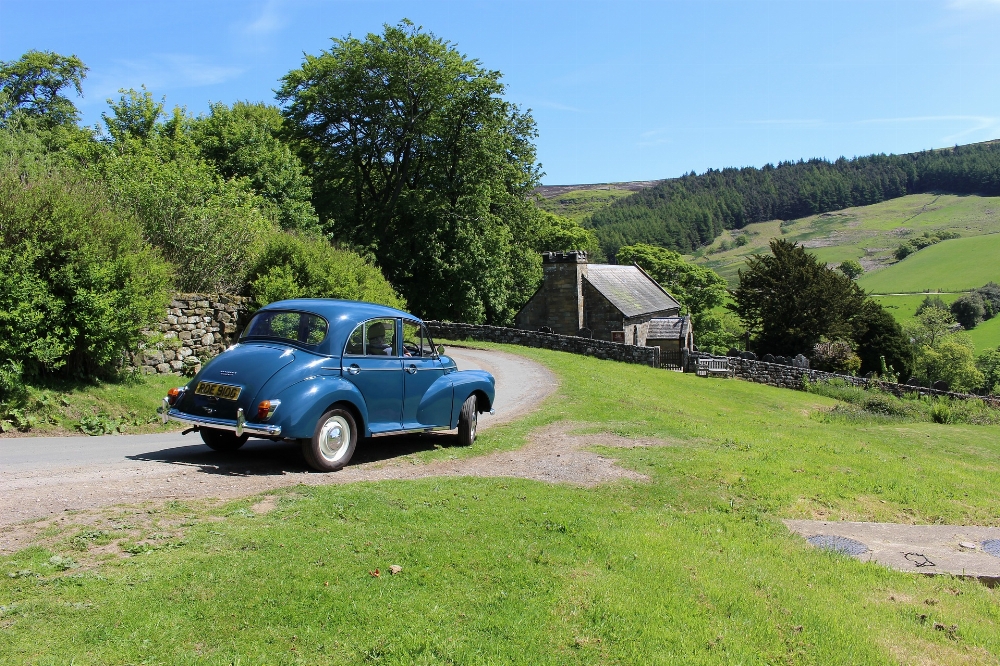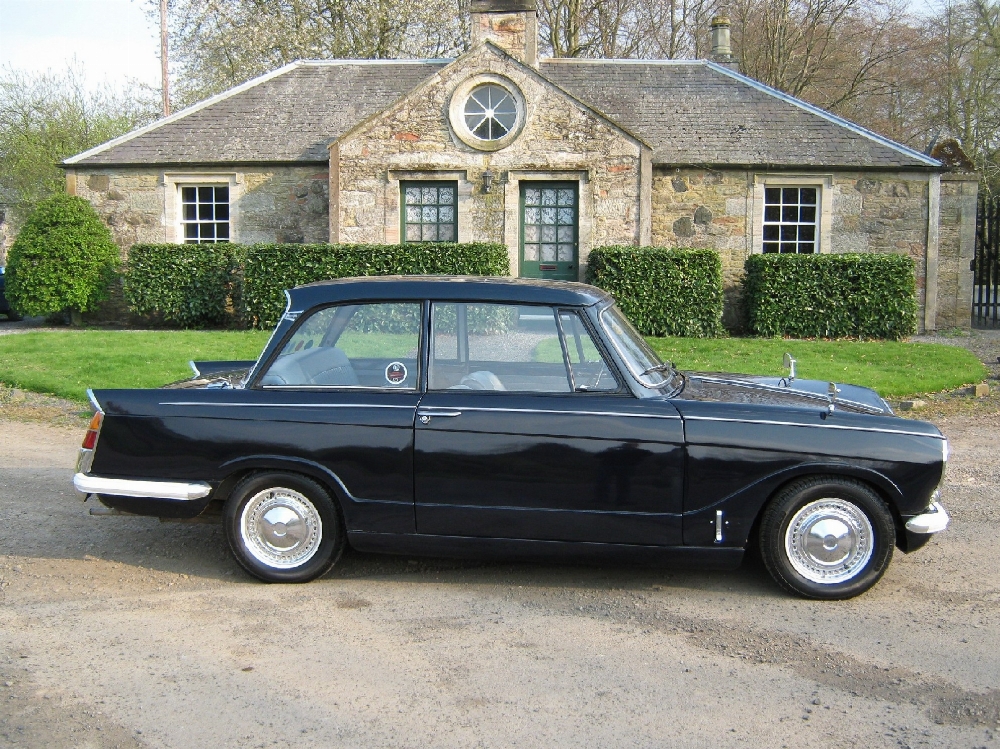Legendary car designer Sir Alec Issigonis will forever be remembered for his two most famous designs, the Morris Minor and the Mini. However, there was far more to his success than those two ground-breaking models as you will see in this article from Fred Magill.
Greek-born Issigonis became one of Britain’s most successful motor engineers during his long career, creating iconic designs through innovation and winning ingenuity. His roles within the motor industry saw him employed at Austin, Morris and Alvis before joining the British Motor Corporation, unquestionably he had more of an impact on Britain’s post-war motor industry than any of his peers.
Alexander Arnold Constantine Issigonis was born in Smyrna in Greece in 1906 and he was not to see his first motor car until he was 12 years old! His father and his grandfather were both engineers and after the Minor Asia Disaster, his family was forced out of Greece, fleeing to Malta in 1922. After his father’s death, he relocated to England with his mother.
His first car was a Singer in which he travelled to Europe in 1925. After dealing with an endless series of mechanical breakdowns during that trip, he made the decision to study engineering at Battersea Polytechnic in London.
In 1934, Issigonis first went into motor industry design, working for Humber in Coventry on the development of an independent suspension. Just two years later, in 1936, Morris Motors hired him because of his exceptional skills and expertise in the field of chassis development.
He was to also develop an independent front suspension system for the Morris 10 which didn’t go into production due to the breakout of World War II. However, this system was to be later used on the MG Y-type. During the war, Issigonis served in the army, designing a light tracking vehicle for Morris and several other military vehicles.
In 1952, he moved to Alvis, where he designed an advanced saloon car but the prototype was never manufactured because the cost was way beyond Alvis’s resources. In 1955, Issigonis went back to BMC to become an Associate Technical Director in the Austin plant at Longbridge. His role was to design three new models of car; a small town car, a medium-sized family car and a large luxury car, in an effort to protect the future of the top European car industry at that time. In 1959, the Mini was officially launched in all countries where British Motor Corporation was sold, the car was launched as the Morris Mini Minor and the Austin Seven.
In 1961, he was appointed as a member of the Board of Directors of Austin Motor Company and two years later he moved to the Board of Directors of BMC. In 1967, he became a member of the Royal Society, the most influential research company in Britain, in 1969 he was granted a Knighthood in recognition of his engineering genius in designing the Mini. Even after retirement, Sir Alec Issigonis was appointed as an advisor of the company, a position he held until 1987, he died one year later, on October 2nd, 1988.
Designed by Issigonis
The Morris Minor
This was Britain’s first ever car to sell over a million units, a fact which guaranteed Issigonis a unique place in the history of the British motor industry. Work on the Minor began during World War II, under the codename Mosquito, meaning that it could be launched as early as 1948. The production Minor may have lacked Issigonis’ original concept of an all new flat-four engine, initially having side valve power instead, but there was no denying just how advanced the Minor was in every other respect.
Alvis TA350
Issigonis’ time at Alvis in the early ’50s saw him working on this TA350 prototype, an upmarket V8-engined saloon that, if Alvis had decided to put into production, could have taken the luxury car market by storm.
‘BMC XC9001’ and THE MINI
With Issigonis working for BMC in 1955, he focused on a number of fascinating projects, including the XC9001 prototype of 1957/58. This was up to two years before the launch of the Mini, and yet there were obvious links to BMC’s new baby in this large four door saloon’s overall look.
Designed to rid Europe’s roads of the ‘bubble cars’ that Issigonis disliked so much, BMC’s new Mini of 1959 (launched simultaneously in Austin Seven and Morris Mini-Minor guises) went on to become a legend. With front-wheel drive, tiny wheels and the vast majority of its area given over to passenger and luggage accommodation, the innovative new Mini was a masterpiece of packaging and is still revered as one of the greatest cars of all time.
BMC 1100/1300
Issigonis had been working on a slightly larger car to complement the Mini for some time before he was made Technical Director of BMC in 1961. Going under the codename of ADO16, the car was launched initially as the Morris 1100 in 1962, followed by Austin, MG, Riley, Wolseley and Vanden Plas versions in the future.
Styling of the 1100 and later the 1300 series, was the handiwork of Pininfarina, although it was still very much an Issigonis design in terms of engineering. This was also one of his most successful efforts, being Britain’s best-selling range throughout much of the 1960s.
1800/2200 ‘Landcrab’
Bringing the Mini and 1100 concept of maximum internal space in a front-wheel drive package to the family saloon class was the new Austin 1800 in 1964, followed by the Morris version two years later. The Wolseley 18/85 was launched in 1967, offering a little more luxury, with the arrival of the flagship 2.2-litre six-cylinder in 1972.
Issigonis was always a big fan of the model that was nicknamed ‘Landcrab’ (because of its awkward styling and wide stance), especially because this was an incredibly spacious car for the price. Sadly though, sales never lived up to original expectations.
As you will see, Sir Alec Issigonis is famous for designing three out of the five British cars with the highest selling rates of all times, the Morris Minor, Austin 1100 and Mini. Mini was of course to become an absolute legend in its 41 years of production and the most iconic British car of all time.
As the designer of the Mini and the Morris Minor, it is little wonder that his colleagues nicknamed this engineering genius ‘the Greek God’.








Leave A Comment
You must be logged in to post a comment.